Physical Address
304 North Cardinal St.
Dorchester Center, MA 02124
Physical Address
304 North Cardinal St.
Dorchester Center, MA 02124
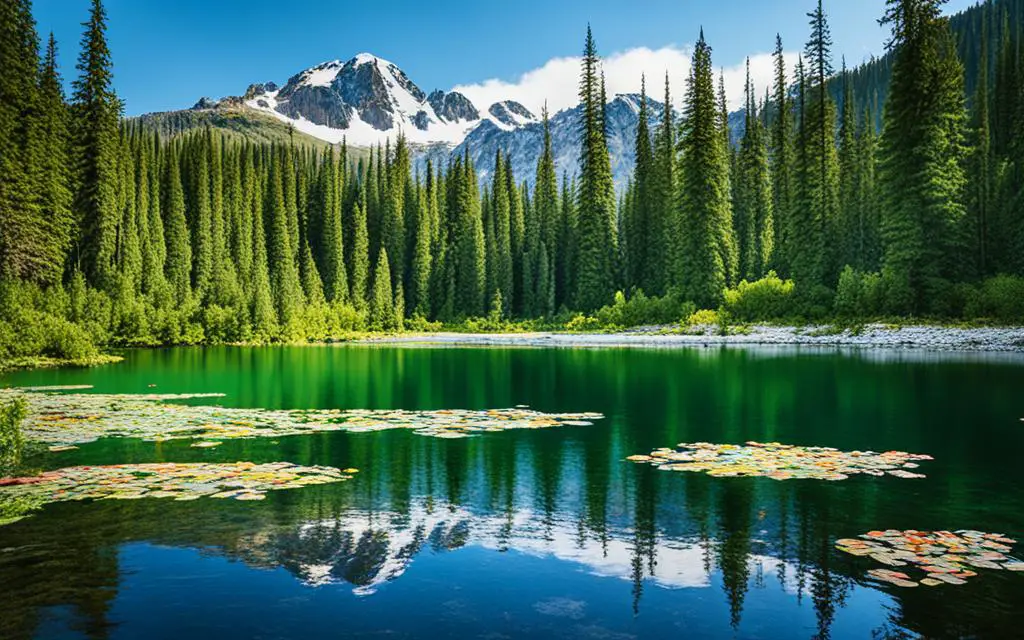
When you think of biodiversity hotspots, your mind might instantly wander to the lush jungles of the Amazon or the vast savannas of Africa. Yet, there is a dazzling world of biodiversity that flutters above us, rarely grasping our full attention—the world of wild birds. As you embark on birdwatching adventures or simply observe the skies above, be mindful that each bird is a vital thread in the tapestry of global bird distribution. Sadly, many of these irreplaceable species are under threat due to habitat loss, rendering conservation efforts more crucial than ever. Let’s take flight into the fascinating lives of these avian wonders, understanding their roles within our ecosystems and the collective efforts needed to protect them.
To answer the original question: Do all countries have wild birds? Yes, every country on Earth has its own set of wild birds. However, some countries, like those with very limited landmass or extreme climates, may have fewer native wild bird species.
As you spread your wings into the world of ornithology, your journey takes you across diverse ecosystems teeming with avian life. From the deserts of Africa to the icy realms of Antarctica, each continent presents a unique tableau of bird species that capture the heart of conservationists and birdwatchers alike. Let’s soar into the skies of each landmass and discover the feathery inhabitants that define the spirit of these regions.
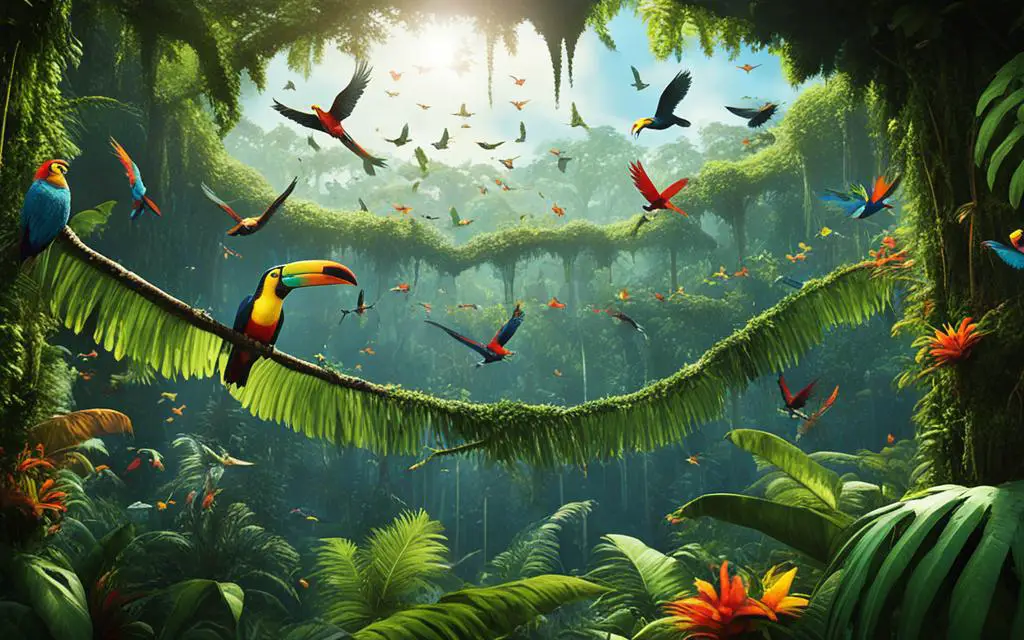
Africa, the second-largest continent, serves as a paradise for birdwatchers with its exceptional array of distinct habitats, each cradling an abundance of endemic species. From the iconic vistas of the Serengeti to the enigmatic forests of Madagascar, the continent’s reputation as one of the world’s major biodiversity hotspots isn’t unfounded. Efforts in conservation continue to unfold, aiming to shield Africa’s birds from the threats that loom over their habitats.
Veering southward, Antarctica, the earth’s southernmost continent, presents a stark contrast with its frigid landscapes—home to cold-adapted animals like the resilient Emperor Penguin. These creatures, adept at surviving the freezing waste, symbolize the power of life amidst inhospitable conditions. Birdwatching here, while challenging, can be rewarding for those seeking to witness conservation efforts targeted at preserving Earth’s most hardy avians.
Asia, encompassing the largest and most populous continent, is a tapestry of endless variety. Its bird habitats range from Siberia’s tundra to Indonesia’s rainforests. Rich in both widely distributed and endemic species, Asia’s avifauna calls for extensive conservation efforts. Here, birdwatching goes hand-in-hand with the exploration of cultural heritage, as the two are interwoven in many Asian traditions.
As the smallest continent, Australia prides itself on its unique wildlife, with a remarkable collection of birds seen nowhere else. The laughing kookaburra and vibrant parrot species, such as the rainbow lorikeet, are just a glimpse of its extraordinary endemic species. Birdwatchers and conservation activists both play a vital role in preserving the song of Australia’s birdlife.
Europe, though the second-smallest continent, is no lightweight in its avian offerings. Its diverse habitats are the seasonal grounds for a host of migratory birds and permanent home to many others. The continent’s mix of ancient woods, far-reaching wetlands, and agricultural landscapes invites avid birdwatching and galvanizes conservation efforts to maintain this avian mosaic.
The dual continents of North America and South America are a testament to the cornucopia of bird species that can thrive in contrasts—from the boreal forests of Canada to the tropical Amazonian rainforest. Both regions boast diverse habitats brimming with life that enchant birdwatchers year-round. Your role in marveling at and protecting these feathery denizens cannot be understated, as every act of conservation helps perpetuate their symphonies for generations to come.
Imagine yourself standing in the heart of a biodiversity hotspot, a place teeming with life, where every glance upward rewards you with the sight of unique birds that call this place their only home. The term “biodiversity hotspot” isn’t just a label; it’s a lifeline for many of the endemic species dependent upon these areas. You see, these hotspots hold a high number of birds found nowhere else on the planet, and your understanding of and engagement with these regions can aid vital conservation efforts.
Let’s delve into a few of these hotspots and the eclectic mix of habitat types they encompass. Each area presents distinct challenges and opportunities for maintaining the ecological balance necessary for these birds to flourish. With your support and awareness, the global community can continue to safeguard these irreplaceable natural treasures.
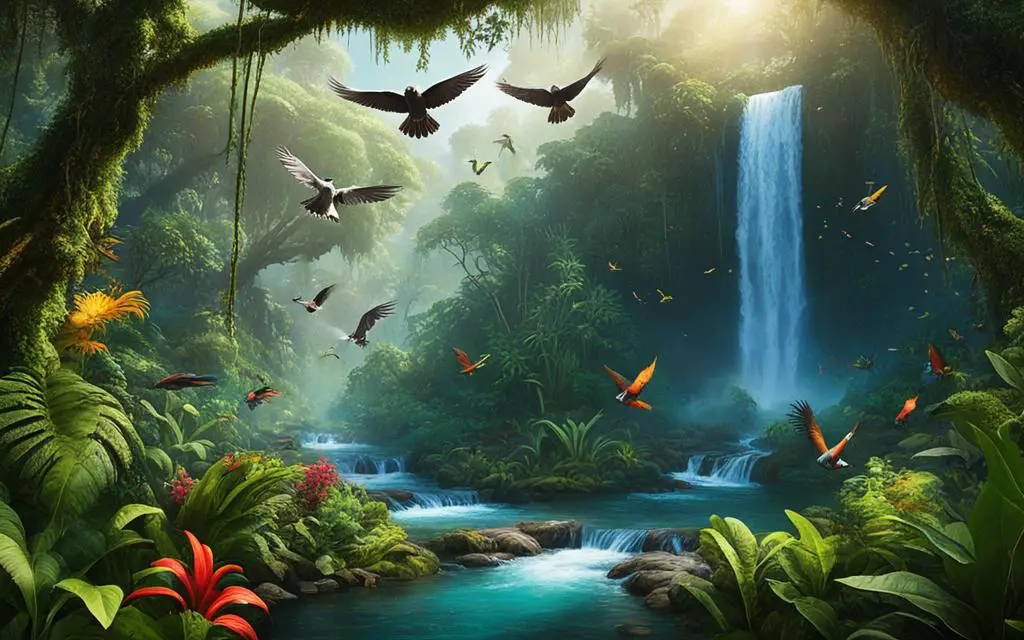
Why should you care? These hotspots are not inexhaustible reservoirs of life; their preservation is precarious, hinging upon our collective actions. Just as distinct as the inhabitants of these hotspots are the threats they face—from deforestation in tropical rainforests to melting ice caps in the polar regions. Recognizing the delicate interdependence between birds and their habitats is the first step in fortifying the conservation movement.
To put it in perspective, consider the following data that highlights the breadth of avian diversity within these extraordinary hotspots:
| Biodiversity Hotspot | Notable Endemic Bird Species | Habitat Types | Conservation Status |
|---|---|---|---|
| Tropical Andes | Andean Cock-of-the-rock | Montane Forests | Critical |
| Madagascar & Indian Ocean Islands | Madagascar Fish-Eagle | Tropical Forests, Wetlands | Endangered |
| Sundaland | Javan Hawk-Eagle | Tropical Rainforests | At Risk |
| Mesoamerica | Resplendent Quetzal | Cloud Forests | Vulnerable |
| Caribbean Islands | Cuban Trogon | Tropical Moist Forests | Threatened |
Now, let’s get you involved. By supporting and participating in conservation efforts, you join a community dedicated to preserving the world’s habitat types crucial for the survival of these birds. Whether by volunteering, spreading awareness, or making informed choices as a consumer, every action you take champions the cause of these magnificent creatures.
As you’ve embarked on this path of discovery and advocacy, your influence extends beyond the borders of your community. It percolates through every forest canopy and across each mountain range, resonating with the song of birds whose futures depend equally on local guardians and global stewards like you.
Avian enthusiasts often marvel at the tapestry of bird species across the globe, with the richness of diversity painting each country with a unique palette of colors and songs. South America, with its mosaic of ecosystem, has emerged as a sanctuary for numerous bird species, many of which are endemic to the region. Let’s embark on a journey through the countries boasting the most prolific bird populations and uncover why these numbers are significant not just for birdwatchers, but for conservation strategies worldwide.
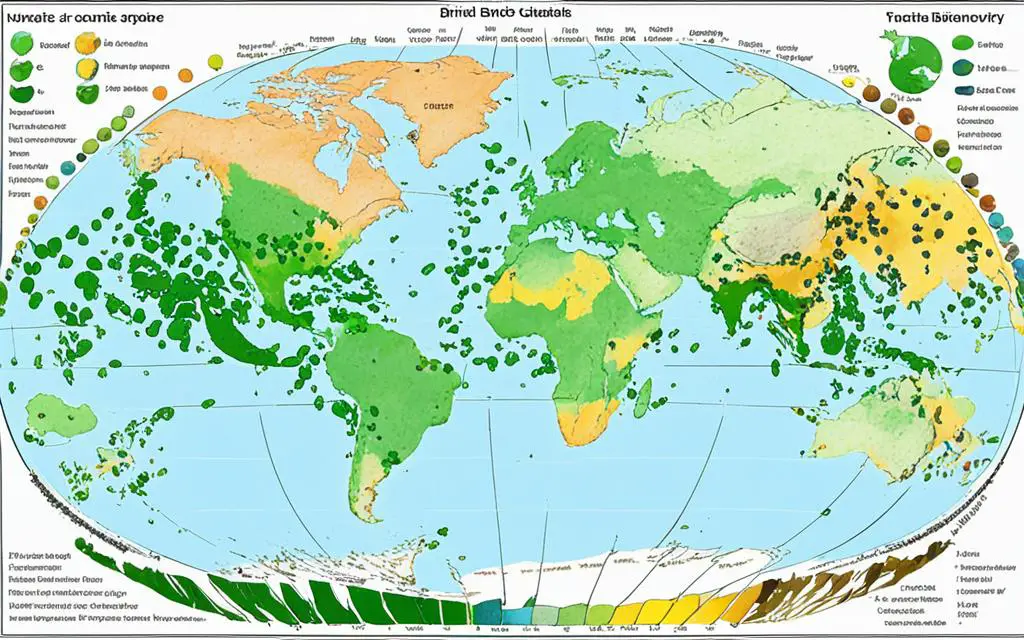
Imagine walking through the lush landscapes of Colombia, where every chirp and flutter introduces you to one of the 1,917 recorded bird species that inhabit this nation. Far from a mere number, this figure represents a staggering 18.30% of the global bird species share, placing Colombia at the pinnacle of avian biodiversity. Not far behind, Peru beckons with 1,892 species, and Brazil with 1,864, each country offering an awe-inspiring variety of birds that are the jewels of biodiversity hotspots.
Ecuador and Bolivia also command our attention with bird species counts of 1,684 and 1,446 respectively. The sheer volume of avian life in these regions is a testament to the richness of the habitats and the urgent need for concentrated conservation efforts to protect this precious natural heritage.
As we explore the global bird species share, we gain insight into the delicate balance of bird distribution across our planet. The numbers reflect more than just counts; they indicate the health and vibrancy of ecosystems. Nations like Colombia, Peru, and Brazil are not just top-ranking in terms of quantity but are also critical protective zones for both widespread and endemic species. The preservation of these countries’ natural landscapes is imperative, as they hold a generous portion of our world’s feathered wonders—a clarion call for conservation efforts to maintain these global bird species shares for future generations.
Understanding these statistics is paramount in acknowledging the crucial role each one of us plays in supporting conservation. Whether you’re a seasoned ornithologist or a casual bird admirer, your awareness and actions contribute to safeguarding these magnificent creatures that fill our skies with beauty and song.
With feathers adapted to navigate diverse landscapes, birds have conquered every corner of the planet. From dense tropical forests to vast grasslands, from inhospitable deserts to vital wetlands, wild birds have made these varied environments their homes. Drawing from your curiosity about bird habitats, let’s voyage through these distinctive environments to appreciate their unique inhabitants and the ongoing conservation efforts to protect these avian havens.
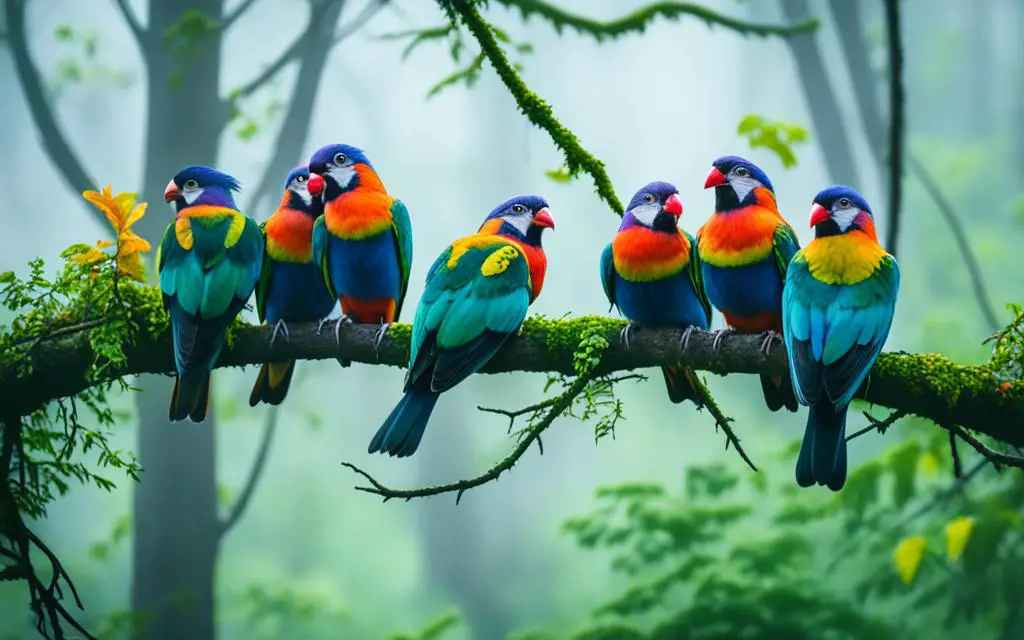
Imagine gazing into the verdant labyrinth of a forest where the treetops are alive with a symphony of birdsong. Here, canopy dwellers like the vibrant tanagers and keel-billed toucans thrive, navigating the aerial avenues with grace. These forest ecosystems are not just bird habitats; they are crucial for global biodiversity. Conservation efforts in these green sanctuaries aim to safeguard bird species and the rich interplay of forest life.
Across the open plains, where the sky seems endless and the earth sprawls out in a tapestry of grasses, birds have mastered the art of life in the vastness. From larks serenading the dawn to cranes striding majestically, the grasslands provide a theater for some of nature’s most beautiful avian performances. Here, conservation efforts seek to preserve these expansive bird habitats, ensuring the survival of the species that depend on the open plains.
Deserts, with their extreme temperatures and scarce water, are a testament to the resilience of life. Birds such as the clever roadrunners and resourceful sandgrouse call these arid landscapes home. They have evolved remarkable strategies to endure the harsh desert environment. Conservation efforts in these regions focus on studying and protecting the unique adaptations that enable such bird habitats to sustain life.
Consider the wetlands, where water and land intertwine to create lush ecosystems teeming with life. They serve as crucial stopover points for migratory birds, providing rest and nourishment for species like waders and waterfowl on their long journeys across skies and continents. These bird habitats are a central focus of conservation efforts, particularly for maintaining migratory bird pathways that are vital for countless species.
Your understanding and engagement with these habitats support a world where the wings of wild birds continue to beat in harmony with the heart of nature. Your advocacy for conservation efforts assists in protecting the delicate balance necessary for these vibrant bird habitats to thrive.
Your passion for birdwatching and love for the vibrant colors of the global avifauna can contribute significantly to their survival. As habitats shrink and human activities encroach upon natural spaces, it’s more important than ever to engage in active conservation efforts. Through these initiatives, you play a part in preserving the diverse ecosystems that make our planet remarkable – the very foundations of biodiversity hotspots that host an array of unique bird species.
Envision the migratory pathways that cross continents and the nesting grounds hidden in dense forests. Each area is crucial, and habitat protection is a cornerstone of avian conservation. These places are not just spaces on a map; they are lifelines for countless species that dance across our skies. By supporting legislation that protects these havens, you help maintain the splendid mosaic that is our world’s avifauna.
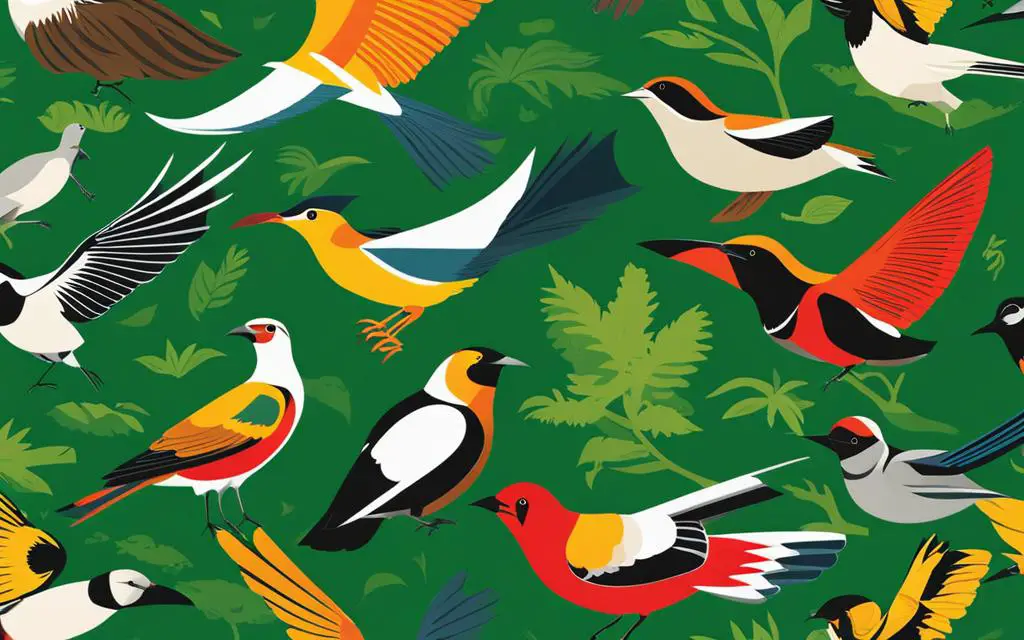
Let’s look at some key areas where your support for conservation efforts can make a profound difference:
Biodiversity hotspots are areas deserving particular attention. These hotspots harbor a high number of species that are endemic, meaning they are found nowhere else on Earth. Here, conservation efforts are critical to their continued existence. Such regions often face severe threats from human development, agriculture, or climate change, all of which contribute to habitat loss.
In these hotspots, every effort towards protecting natural environments is a step towards safeguarding the future of global avifauna. Explore how to contribute; your actions, both big and small, can resonate through ecosystems around the world. Remember that conservation is a collective endeavor—and each bird saved is a victory for biodiversity.
You don’t have to act alone; there are numerous organizations and communities dedicated to the cause. Joining a conservation group or supporting a relevant non-profit can amplify your impact. Through such collaborations, global avifauna have a fighting chance against the onslaught of environmental challenges they face. Your involvement symbolizes hope—for every bird species and the planet they share with us.
As you explore the world of birds, you’ll discover that some species are so unique to their locale that they are known as endemic species. These avian treasures are often rare, bound to specific ecosystems, often islands or isolated geographic areas, providing us with a vivid snapshot of avian biodiversity. However, just as there are these rare jewels, there are also species so widespread that their numbers soar into the billions, furnishing the skies with their constant presence. Let’s delve into the intricate balance of rarity and abundance in the avian kingdom, and how conservation efforts play a pivotal role in preserving the tapestry of bird populations.
Spotting an endemic bird during your birdwatching excursions is always a special experience. These species, like the delicate island thrush or the majestic Andean condor, have evolved over millennia in distinct ecological niches, offering a window into the evolutionary path of avian biodiversity. Without dedicated conservation efforts, we stand to lose not only these rare bird species but also the unique characteristics they contribute to our planet’s biodiversity. Embracing the responsibility to protect these birds’ habitats ensures that future generations can also marvel at their beauty and ecological significance.
On the flip side, there are those familiar feathered friends whose numbers are so vast they’re recognized as members of ‘The Billion Club’. Among them are the ubiquitous house sparrow and the migratory barn swallow, birds which have adapted to living side by side with humans. This extraordinary abundance, however, does not diminish the importance of conservation efforts — even common species can face threats that could diminish their populations. Continuous birdwatching and monitoring offer valuable data for conservationists to act upon, safeguarding these birds so they continue to fill our skies and our lives with their presence.
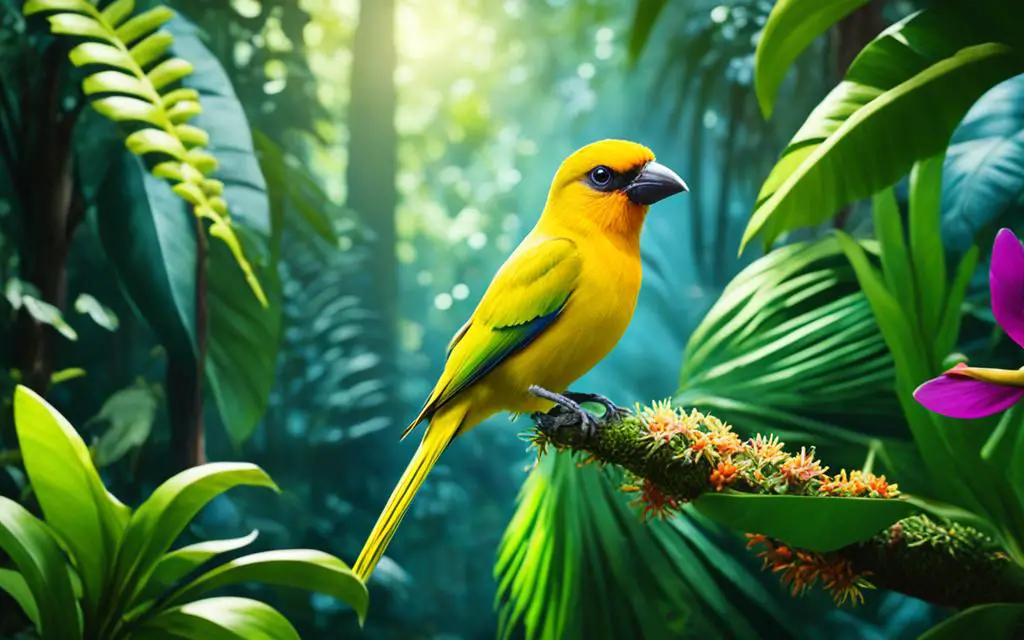
It’s evident that the touch of humanity has significantly altered the natural world. As you explore the rolling landscapes and dense forests, it’s critical to ponder how our activities, while often well-intentioned, could wield a double-edged sword for the avian inhabitants of these terrains. Human intervention has indeed been a driving force affecting avian habitats, and in turn, bird biodiversity. The following sections will delve into the depth of this impact and reveal the importance of proactive conservation efforts to maintain the delicate balance within our biodiversity hotspots.

Habitat loss is a term that captures the vast ecological changes induced by human intervention—be it through the expansion of urban areas, the clearing of land for agriculture, or the relentless pace of deforestation. These activities uproot the very foundation of what makes an ecosystem viable for bird populations. Consequently, the marvel of bird biodiversity hangs precariously in the balance as species are deprived of their homes and sustenance. Only through dedicated conservation efforts can such losses be mitigated, ensuring the vibrancy of native birdlife and the overall health of ecosystems remain intact.
In the avian world, the arrival of invasive species often spells trouble for native birdlife. These unwelcome guests can create an imbalance by introducing competition for resources, becoming predators, or spreading diseases to which indigenous birds have no immunity. Human activities, including transportation and trade, frequently act as conduits for these invasive species to enter and disrupt the sanctity of natural habitats and biodiversity hotspots. It falls upon us to support and enforce robust conservation efforts that include monitoring and controlling the spread of these invasive species, safeguarding the rich tapestry of our global avian community.
Birdwatching has long been a cherished pastime, a way to immerse oneself in the natural world and forge lifelong connections with avian wildlife. More than that, it’s a gateway for laypeople to join the ranks of scientists in the mission of bird conservation, nurturing an understanding between humans and the myriad species that elevate the sonic and visual landscapes of our planet.
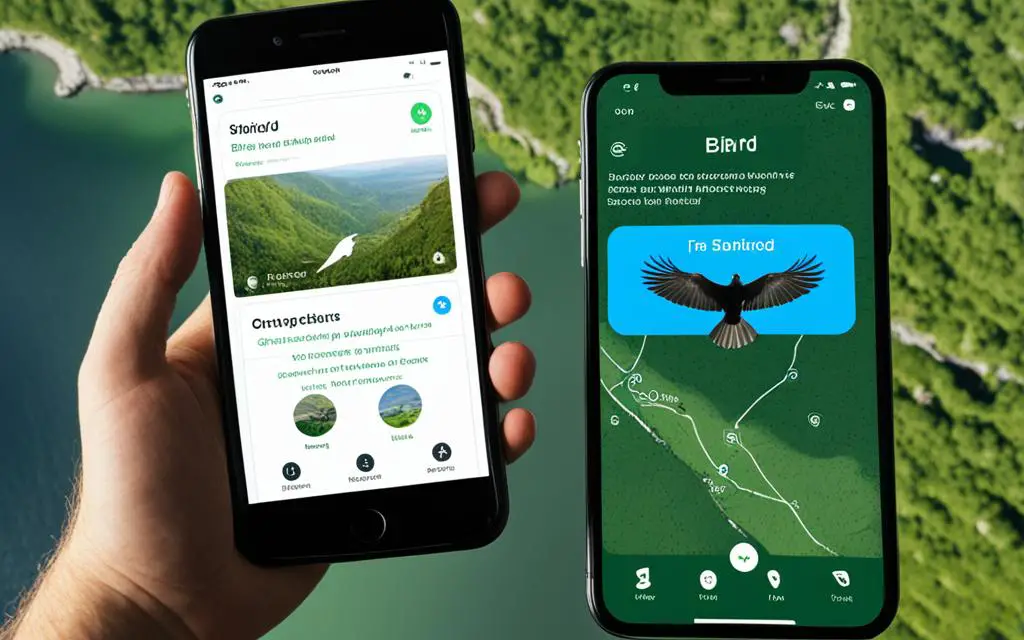
In recent times, the advent of citizen science has revolutionized birdwatching, transforming it into an activity with meaningful implications for conservation efforts. By participating in citizen science initiatives, birdwatchers transcend the role of passive observers and become active contributors to the scientific understanding and protection of bird populations.
Through platforms such as eBird, citizen scientists contribute data that becomes part of a larger puzzle in understanding avian behavior, migratory patterns, and population dynamics. It’s a partnership where enthusiasm and empirical science enrich each other, empowering conservation efforts around the globe.
The grand endeavor of surveying bird populations has found a powerful ally in eBird, a pioneering citizen science project that compiles millions of bird observations from enthusiasts worldwide. The data collected via eBird contributions assist researchers in creating detailed models that estimate bird population sizes, providing invaluable insights for conservation efforts.
As a birdwatcher, your meticulous eBird contributions have the potential to influence policy changes and habitat preservation strategies. Each entry serves as a testament to the power of individual actions in driving broader citizen science and conservation efforts. By capturing snapshots in time of bird populations through eBird contributions, we collectively build a dataset robust enough to navigate the challenges that face our avian companions.
Engaging in the feathered frenzy of wild bird species trade requires more than just a passionate interest in avifauna—it necessitates understanding the complex trade dynamics that govern these transactions. As you delve into this intricate economic ecosystem, you’ll uncover that it’s underpinned by a medley of market forces, cultural practices, and international regulatory measures.
Conservationists worldwide have their eyes set keenly on this trade, not merely for the purpose of economic scrutiny but to prevent the potentially devastating outcomes on biodiversity. In countries where these bird species flutter freely and in places they are fervently sought after, legislation intertwines with conservation—a dual force striving to maintain the ecological balance necessary for avian health and diversity.
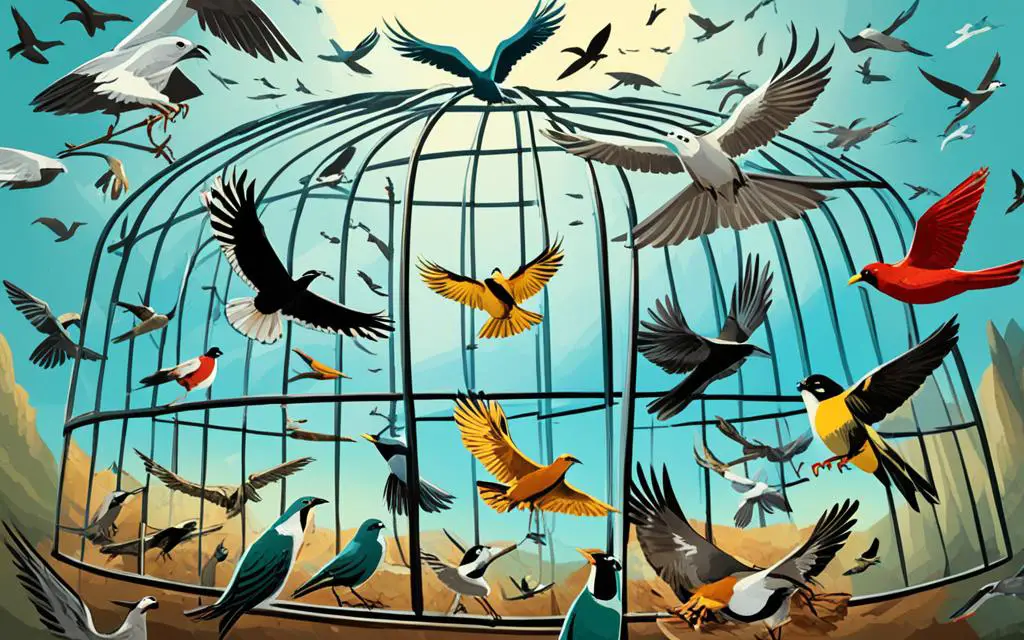
Regulatory measures act as the scaffolding for wildlife trade. They are designed not only to manage species population but also to prevent the spread of diseases, such as avian influenza, which can have far-reaching impacts on both bird and human populations. Thus, the synergy between trade and regulation becomes paramount in safeguarding the conservation efforts of each nation.
Embarking on this international journey, let’s explore some significant figures that reveal the scale of wild bird species trade and the vigilant regulations enforced to control this complex network:
| Region | Main Importer | Top Exporters | Major Import Markets | Conservation Concerns |
|---|---|---|---|---|
| Africa | Mexico | Argentina, Guyana, Suriname | Mexico, Asia, Africa | Risk of Avian Influenza Spread |
| Latin America & Caribbean | Mexico | Peru, Uruguay, Venezuela | Mexico, EU (historical) | Overexploitation, Illegal Trade |
| Global | Mexico | Argentina, Guyana, Suriname, Peru | Mexico Dominant, Diverse Markets | Habitat Loss, Trade Regulations |
As you continue your exploration, you will observe that countries imposing regulatory measures demonstrate a commitment to conservation efforts. They not only seek to address the immediate needs of humans but also tend to the whispers of the wild—ensuring that the songs of wild birds are not stifled by the clamor of commerce.
In your role as a conscientious observer or participant in the bird trade, your knowledge and advocacy play a crucial part in the longevity of these wild bird species. Whether you’re championing conservation efforts from your backyard or standing on the front lines of legislative change, each measure you support helps maintain the delicate dance between trade dynamics and ecological stewardship.
As we prepare to nestle back into our daily lives, let us carry the vibrant imagery of avian biodiversity with us. It serves as a vivid reminder that every country holds a feather in the grand wing of global bird conservation. From the steamy tropics to the barren tundra, each region contributes to the intricate mosaic of habitats that sustain the world’s bird populations. You have seen how habitat preservation is not just an act of goodwill but a necessity for maintaining the ecological balance upon which so many species depend.
Your understanding of every nation’s role in protecting avian biodiversity can be an influential force. It is the meshing of local efforts with international consensus that will continue to forge pathways for effective conservation. The adoption of habitat preservation laws and active participation in treaties are examples of the strides being made in safeguarding our feathered friends. By recognizing the connection between habitat health and biodiversity, you empower conservation efforts aimed at preventing the loss of both common and rare birds alike.
Looking towards the horizons, the future of wild birds glimmers with hope, gleaming brighter with each concerted effort and every piece of new research. The ongoing saga of avian survival is both a challenge and a call to action for continuous ecological monitoring. As we embrace advanced technologies and expand our scientific understanding through continued research, we pave the way for innovative conservation strategies. Your engagement in this realm is vital, as each discovery contributes to a sustainable future where the songs of birds continue to rise with the sun.

My name is Shane Warren, the author behind Your Bird Buddy – your ultimate guide to the wonderful world of birds! Unleash your inner avian explorer as we delve into a vibrant library of knowledge dedicated to all things feathered. From learning about diverse bird species from across the globe to understanding their captivating habitats and behaviors, I’m here to fuel your passion for these magnificent creatures. Not only that, but I also provide valuable insights on being a responsible and informed pet bird owner. Join our vibrant community and let’s celebrate the feathered wonders of the world together – one chirp at a time. And be sure to join our Your Bird Buddy Community over on Facebook!